Tatsumi Hijikata
출생 : 1928-03-09, Akita, Akita Prefecture, Japan
사망 : 1986-01-21

Himself
"Butoh: Body on the Edge of Crisis" is a visually striking film portrait shot on location in Japan with the participation of the major Butoh choreographers and their companies. Although Butoh is often viewed as Japan's equivalent of modern dance, in actuality it has little to do with the rational principles of modernism. Butoh is a theater of improvisation which places the personal experiences of the dancer on center-stage. By reestablishing the ancient Japanese connection of dance, music, and masks, and by recalling the Buddhist death dances of rural Japan, Butoh incorporates much traditional theater. At the same time, it is a movement of resistance against the abandonment of traditional culture to a highly organized consumer-oriented society.

Himself
The dark sensibilities and cultural resonances of Butoh, the radical Japanese dance movement, are explored in this multilayered work. Profoundly rooted in both traditional and contemporary Japanese culture, Butoh arose in a spirit of revolt in the early 1960s. Characterized by frank sexuality and bodily distortions, Butoh transforms traditional dance movements into new forms, stripping away the taboos of contemporary Japanese culture to reveal a secret world of darkness and irrationality.

The movie compiles footage taken by Ogawa Production for a period of more than ten years after the collective moved to Magino village. Unique to this film are fictional reenactments of the history of the village in the sections titled "The Tale of Horikiri Goddess" and "The Origins of Itsutsudomoe Shrine". Ogawa combines all the techniques that were developed in his previous films to simultaneously express multiple layers of time—the temporality of rice growing and of human life, personal life histories, the history of the village, the time of the Gods, and new time created through theatrical reenactment—bring them into a unified whole. The faces of the Magino villagers appear in numerous roles transcending time and space—sometimes as individuals, sometimes as people who carry the history of the village in their memories, sometimes as storytellers reciting myths, and even as members of the crowd in the fictional sequences.
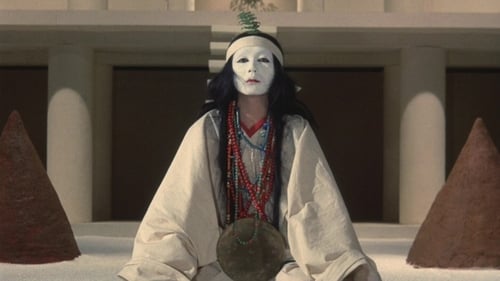
Dancer
이복동생과 사랑에 빠진 무당 여왕 히미코의 삶을 이야기하는 상상 속 프리스타일은 그녀의 힘을 약화시켜 그녀의 위치를 위험에 빠뜨린다.

Ankoku Butoh is a style of avant-garde dance that established itself in the counter culture experimental arts scene of post WWII Japan. The dance form is thought to have been founded by Tatsumi Hijikata, who both created and performed in butoh pieces from the late 1950’s - through the early 1970’s. In butoh, the style of movement is extremely stylized and deliberate, vacillating between slow and sharp, expressing feelings of dread, sexualization, violence, calmness, birth and “creatureness” among other things. This 1973 performance of Summer Storm at Kyoto University was Hijikata’s last public performance before his death in 1986.

The film depicts the youth of Kinzo, a heretic painter who worked in Tosa during the late Edo period, and the hurricane-like inner side of his life.

Leader
Murase is a bodyguard of yakuza group. Ochiai is a police officer who once was a student activist. When they meet, they are surprised how identical they look.
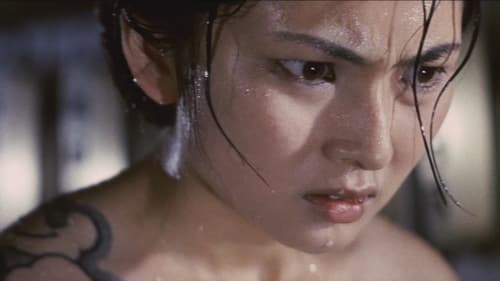
Ushimatsu / Hunchback Dancer
Akemi is a dragon tattooed leader of the Tachibana Yakuza clan. In a duel with a rival gang Akemi slashes the eyes of an opponent and a black cat appears, to lap the blood from the gushing wound. The cat along with the eye-victim go on to pursue Akemi’s gang in revenge, leaving a trail of dead Yakuza girls, their dragon tattoos skinned from their bodies.

Jôgorô Komoda
과거의 기억이 없는채로 이유도 모른채 정신병원에 갇혀있는 의학생 히토미 히로스케. 하지만 서커스 곡예사인 하츠요의 노래를 듣고 과거의 기억을 되찾지만, 갑자기 하츠요가 눈 앞에서 죽어버리고 그 범인으로 지목되어 도주하는 신세가 된다. 호쿠리쿠로 향하는 기차에 올라탄 히로스케는 자신과 꼭 닮은 코모다 겐자부로라는 남자가 죽었다는 기사를 보게 되고, 겐자부로가 살아있었다는 거짓말로 겐자부로의 가족을 찾아가 겐자부로로써 살아가려고 한다. 하지만 코모다가의 가장인 아버지 죠고로는 태어날때부터 기형으로 집을 버리고 무인도를 홀로 개발하고 있는 등, 겐자부로의 가족은 어딘가 기묘한 분위기를 풍기고 있었다.
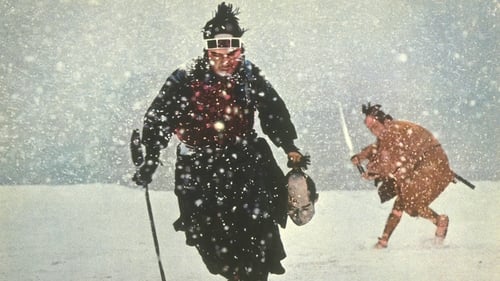
Jailer
This anthology film consists of nine incidents in the late 19th and early 20th centuries when assassins changed the course of Japanese history.
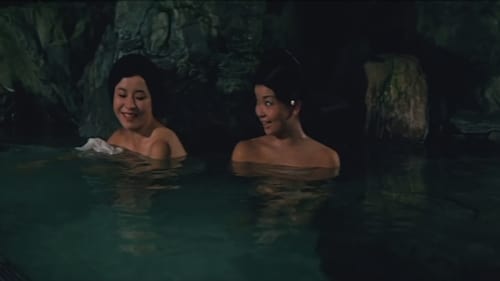
A series of short stories about bizarre crimes committed by females in the Meiji, Taisho, and Showa Eras.
Discover 4 famous Japanese murderers: Takahashi Oden, the last woman beheaded in Japan, Sada Abe, a crazy lover, Kunihiko Kodaira, a rapist-killer and finally, the Toyokaku case, a woman who did everything to own a hotel.

Comedy about sexy chambermaids at a hot spring resort.
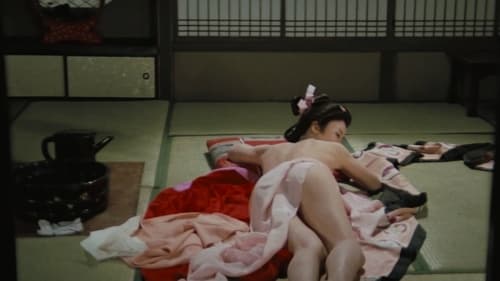
Ankoku Butoh dancer
Three stories of moral sickness set during Japan’s prosperous Genroku era are told in this bloody follow-up to the sexploitation classic Shogun’s Joy of Torture, the politically incorrect moral lessons paint a trio of tales of tragic heroines caught up in violence, sadomasochism, incest and torture.

Dancer
"A work documenting Ankoku Butoh dancer Tatsuji Hijikata’s Revolt of the Flesh (Nikutai no hanran). The work established the relation between Revolt of the Flesh with uprising through the unique methods of photography and editing that is found in Jonouchi’s Gewaltopia series (1968) which represented the student protest movement." - Collaborative Cataloging Japan

A document of Tatsumi Hijikata's Butoh dance with Kazuo Ohno as the guest dancer shot in Hijikata's early period when he was emerging as the originator of Butoh. All of the male dancers are dressed up with evening suits and move gracefully, yet an intruder breaks up the whole scene abruptly. The film is worth seeing, even if just to see a memorable gay duet of Hijikata and Ohno. Overexposed, washed out images are sandwiched among normal ones.

Anma (The Masseurs) is a representative and historical work by the creator of Butoh dance, Tatsumi Hijikata in his early period in the 1960s. The film is realized not only as a dance document but also as a Cine-Dance, a term made by Iimura, that is meant to be a choreography of film. The filmmaker "performed" with a camera on the stage in front of the audience. With the main performers: Tatsumi Hijikata and Kazuo Ohno, the film has the highlights such as Butohs of a soldier by Hijikata & a mad woman by Ohno. There is a story of the mad woman, first outcast and ignored, at the end joins to the community through her dance. Inserted descriptions of Anma (The Masseurs) are made for the film by the filmmaker, but were not in the original Butoh. The film, the only document taken of the performance, must be seen for the understanding of Hijikata Butoh and the foundation of Butoh.

Short film in which butoh dancing is used to reflect on the nuclear bombings of Hiroshima and Nagasaki.













